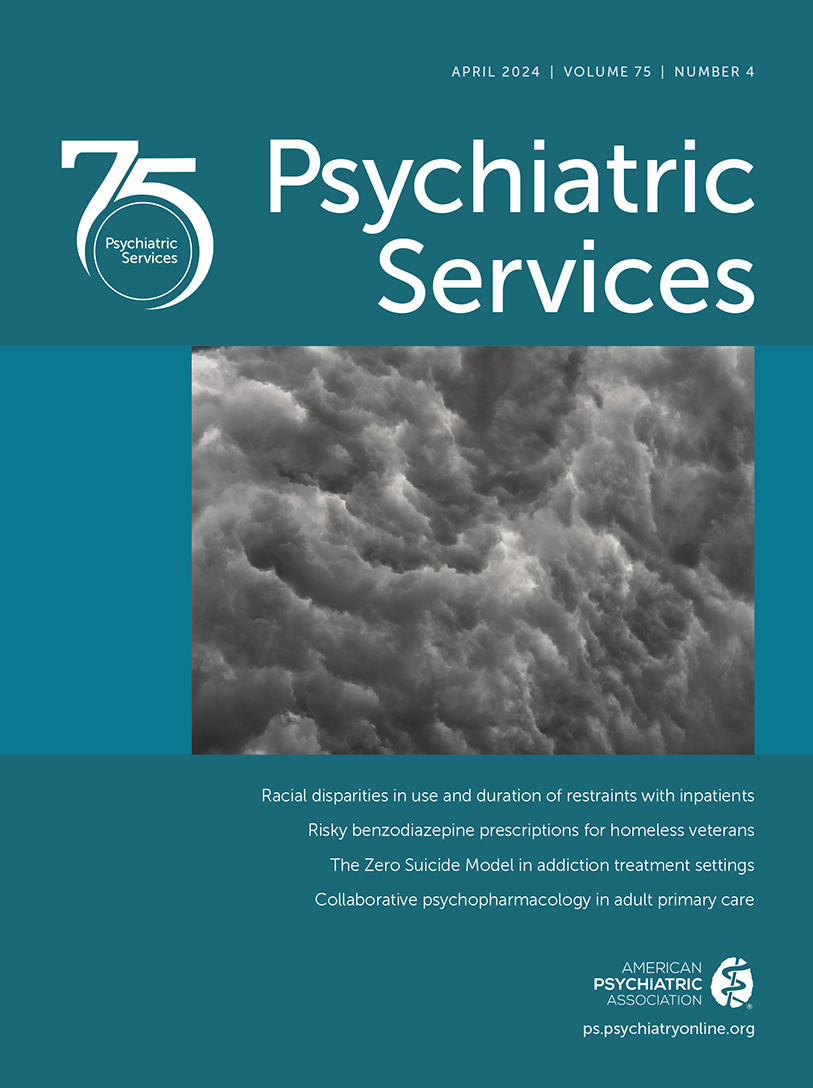Budget Impact Tool for Implementing Contingency Management for Co-occurring Alcohol Use Disorders and Serious Mental Illness
Abstract
Objective:
Contingency management (CM) is a behavioral intervention in which tangible incentives are provided to patients when they achieve a desired behavior (e.g., reducing or abstaining from alcohol use). The authors sought to describe the resource requirements and associated costs of various CM versions (usual, high magnitude, and shaping) tailored to a high-risk population with co-occurring serious mental illness and severe alcohol use disorder.
Methods:
A microcosting analysis was conducted to identify the resource requirements of the different CM versions. This approach included semistructured interviews with site investigators, who also staffed the intervention. The resource costing method—multiplying the number of units of each resource utilized by its respective unit cost—was used to value the resources from a provider’s perspective. All cost estimates were calculated in 2021 U.S. dollars.
Results:
The cost of setting up a CM program was $6,038 per site. Assuming full capacity and 56% of urine samples meeting the requirement for receipt of the CM incentive, the average cost of 16 weeks of usual and shaping CM treatments was $1,119–$1,136 and of high-magnitude CM was $1,848–$1,865 per participant.
Conclusions:
A customizable tool was created to estimate the costs associated with various levels of treatment success and CM design features. After the trial, the tool will be updated and used to finalize per-participant cost for incorporation into a comprehensive economic evaluation. This costing tool will help a growing number of treatment providers who are interested in implementing CM with budgeting for and sustaining CM in their practices.
Access content
To read the fulltext, please use one of the options below to sign in or purchase access.- Personal login
- Institutional Login
- Sign in via OpenAthens
- Register for access
-
Please login/register if you wish to pair your device and check access availability.
Not a subscriber?
PsychiatryOnline subscription options offer access to the DSM-5 library, books, journals, CME, and patient resources. This all-in-one virtual library provides psychiatrists and mental health professionals with key resources for diagnosis, treatment, research, and professional development.
Need more help? PsychiatryOnline Customer Service may be reached by emailing [email protected] or by calling 800-368-5777 (in the U.S.) or 703-907-7322 (outside the U.S.).



